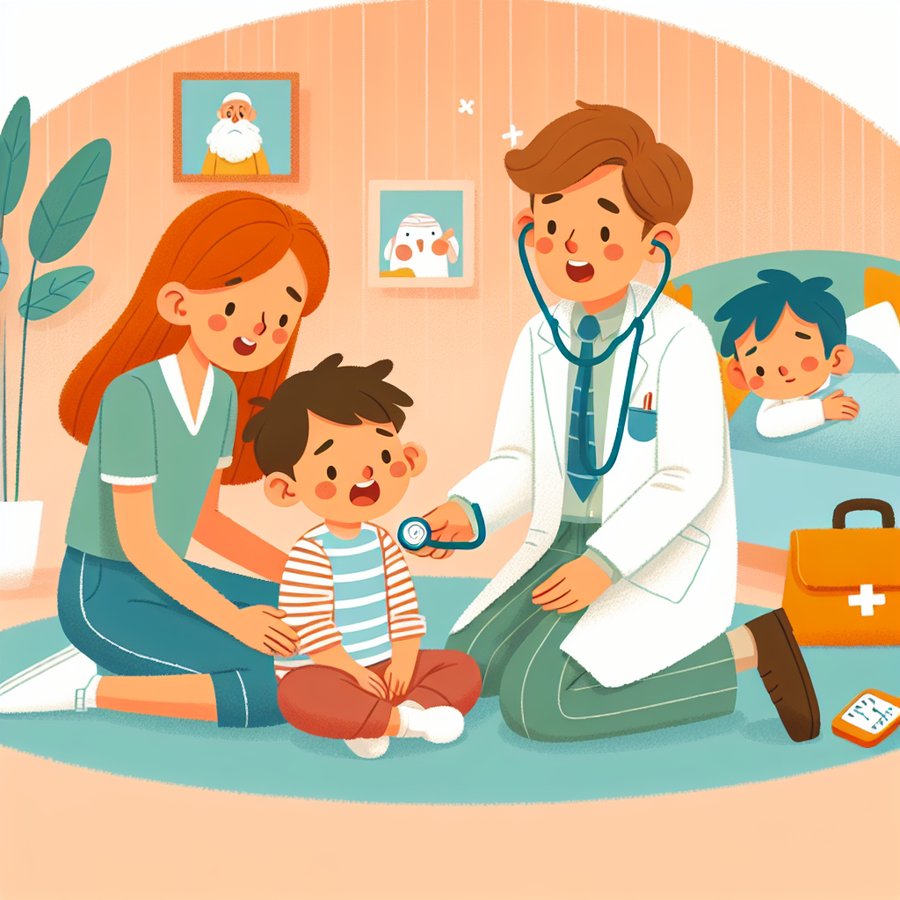Understanding how to respond to a febrile seizure in young children is crucial for parents, caregivers, and anyone involved in the care of children. These seizures, although generally not harmful in the long term, can be frightening to witness. This guide aims to provide you with knowledge and actionable steps to ensure the child’s safety and well-being during such an event.
What is a Febrile Seizure?
A febrile seizure is a convulsion in a child triggered by a fever, typically from an infection. While they are most common in toddlers between the ages of 6 months and 5 years, knowing how to respond to a febrile seizure in young children can help manage the situation effectively. These seizures are usually short-lived but require proper care and observation.
For more in-depth information on febrile seizures, consider referring to Centers for Disease Control and Prevention, which provides detailed insights and guidelines.
Immediate Steps: How to Respond to a Febrile Seizure in Young Children
When faced with a febrile seizure, it’s important to stay calm and follow these steps to ensure the child’s safety:
- Keep the child on a soft surface, laying on their side, to help prevent choking.
- Do not attempt to restrain the child or insert anything into their mouth.
- Check the time to note the seizure’s duration.
- After the seizure, keep the child in a recovery position and monitor their condition.
- If the seizure lasts more than 5 minutes, or if it’s the child’s first seizure, seek medical attention immediately.
By understanding how to respond to a febrile seizure in young children, you can take swift, appropriate action to protect them.
Aftercare and Observation
After a febrile seizure, it’s essential to monitor the child closely. If they’re experiencing their first febrile seizure, a medical evaluation is necessary to rule out more serious conditions and to provide you with guidance on how to respond to a febrile seizure in young children in the future.
Ensuring the child stays hydrated and comfortable is crucial. If the fever persists, consider using fever-reducing medication as advised by a healthcare professional. Additionally, familiarizing yourself with resources such as hydration tips for ill or feverish toddlers can offer further guidance on how to care for a child after a febrile seizure.
Preventing Future Febrile Seizures
While it’s not always possible to prevent febrile seizures, understanding triggers and maintaining a proactive approach to managing fevers can reduce their likelihood. This includes:
- Quickly addressing fevers with appropriate medication.
- Keeping the child cool during illness.
- Ensuring the child is up-to-date with vaccinations to prevent fever-causing illnesses.
Remember, when discussing how to respond to a febrile seizure in young children, it’s always beneficial to consult with a pediatrician to tailor care to the child’s specific needs. For further reading, consider exploring topics such as safe sleep practices, infant CPR, and first aid kit essentials on our site to enhance your preparedness for various child health scenarios.













